Cats have long captivated humans with their playful antics and mysterious behavior, both at home and in the wild. However, the discussion on feline intelligence often leads to questions about how domestic cats compare to their wild counterparts. This comparison is intriguing because, despite their shared ancestry, domestic and wild cats have adapted to different environments and challenges. In this article, we will delve into the intelligence of these captivating creatures by exploring various facets such as problem-solving, social behavior, and adaptability.
Defining Feline Intelligence
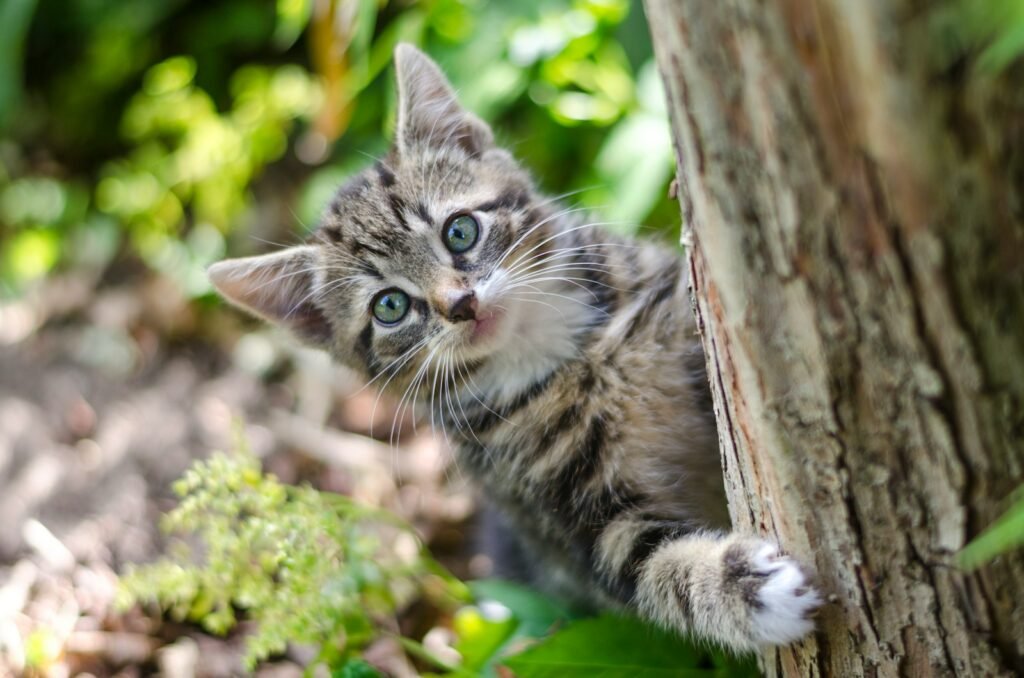
Before comparing domestic cats to their wild relatives, it’s essential to define what intelligence means in the context of felines. Generally, feline intelligence encompasses problem-solving abilities, adaptability, memory, and social interactions. Each species may exhibit intelligence differently, influenced by its environment and lifestyle. Therefore, understanding what intelligence entails for cats helps contextualize our comparisons.
Evolutionary Background
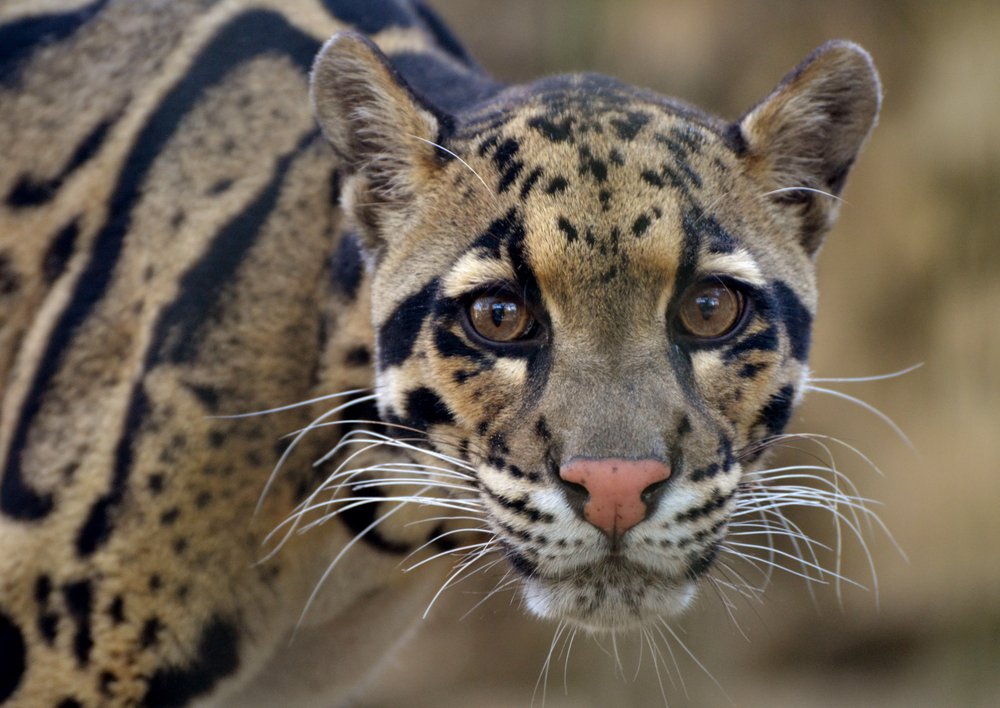
The evolutionary history of cats provides insight into their intelligence. Domestic cats (Felis catus) share a common ancestor with wild cats, diverging thousands of years ago. Natural selection shaped the cognitive abilities of wild cats to survive in various ecosystems, while domestic cats adapted to living alongside humans. This evolution affects their respective cognitive abilities and behaviors.
Problem-Solving Skills
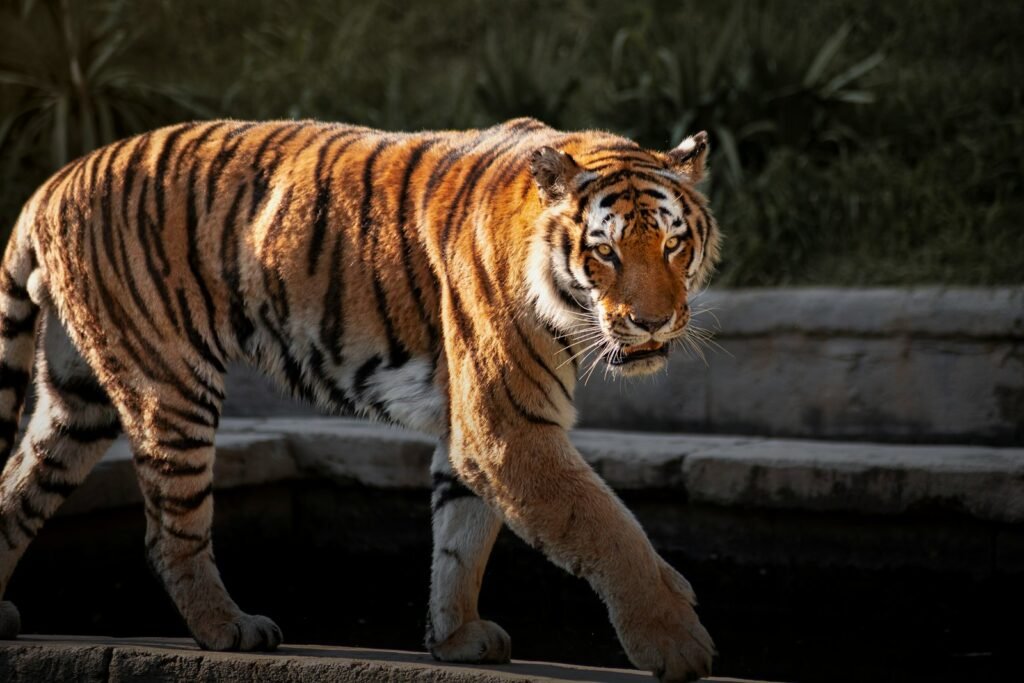
Problem-solving is a key indicator of intelligence in animals. Domestic cats often display cleverness when opening doors or finding hidden treats. Wild cats, such as lions and tigers, exhibit problem-solving in hunting and navigating their territories. While both types are adept at tackling challenges, wild cats tend to have an edge due to the rigorous demands of survival in their natural habitats.
Memory and Learning
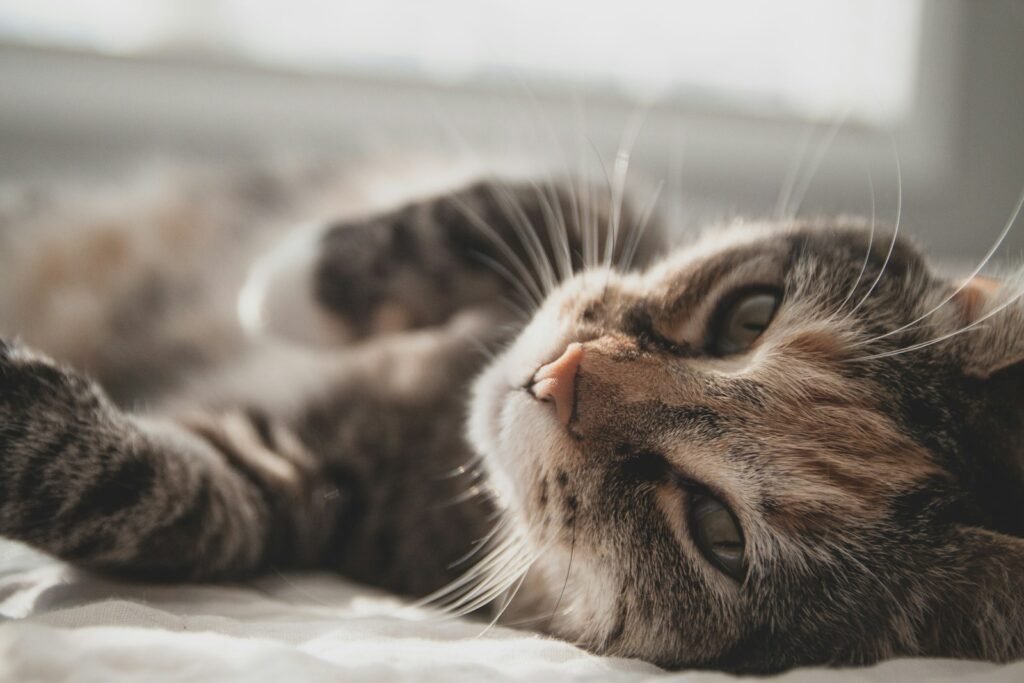
Memory plays a crucial role in intelligent behavior, allowing animals to learn from experiences. Domestic cats have excellent memories, helping them recognize their humans and routines. Similarly, wild cats remember the locations of prey and safe resting spots. Studies suggest that both domestic and wild cats use associative memory, though the use of memory in wild cats often correlates with survival and hunting.
Social Interactions
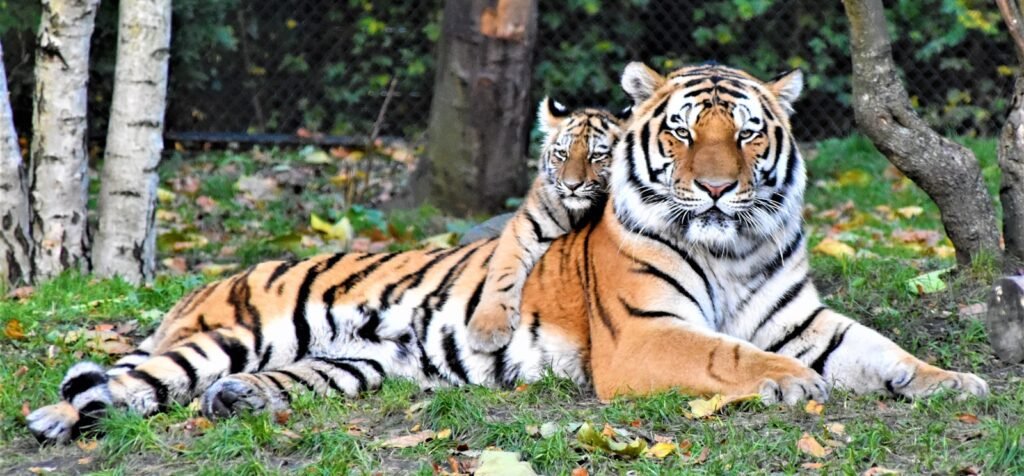
The social nature of domestic and wild cats can differ dramatically, influenced by their environments and lifestyles. Domestic cats display varying degrees of sociability depending on individual temperament and human interactions. Wild cats exhibit a spectrum of social behaviors; for example, lions are known for their pride-based social structure, while leopards are typically solitary. These differences underline the adaptability and social intelligence of each group.
Communication Skills

Communication is an area where domestic and wild cats diverge significantly. Domestic cats have developed various vocalizations, such as meows and purrs, to communicate with humans. In contrast, wild cats rely more on body language and vocal calls suited for their environments. The versatility in communication methods among domestic cats highlights their adaptability in cohabitating with humans.
Hunting and Survival Tactics
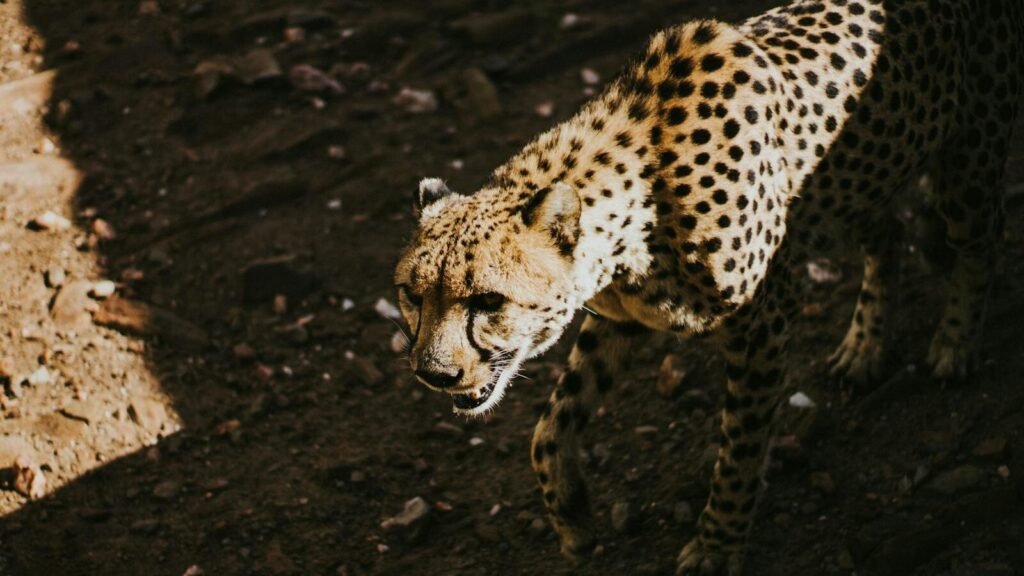
Wild cats embody advanced hunting strategies that require intelligence and skill. Big cats like cheetahs and tigers demonstrate remarkable planning and patience in stalking their prey. While domestic cats may showcase hunting instincts by chasing toys or catching small animals, their survival doesn’t depend on these skills. This difference in necessity impacts how intelligence manifests in their behavior.
Sensory Perception and Intelligence

Sensory perception significantly contributes to feline intelligence. Both domestic and wild cats possess keen senses that aid their survival, including acute hearing, night vision, and a strong sense of smell. These enhanced senses allow cats to make intelligent decisions in navigating their world, whether it’s avoiding danger or locating prey or food.
Adaptability to Different Environments

Adaptability is a testament to feline intelligence. Domestic cats can flourish in diverse environments, from bustling urban areas to rural settings, by forming bonds with humans. Wild cats, on the other hand, must continuously adapt to changes in their habitats, such as climate shifts or human encroachment. This adaptability highlights the resilience and intelligence inherent in both domestic and wild cats.
Conclusion
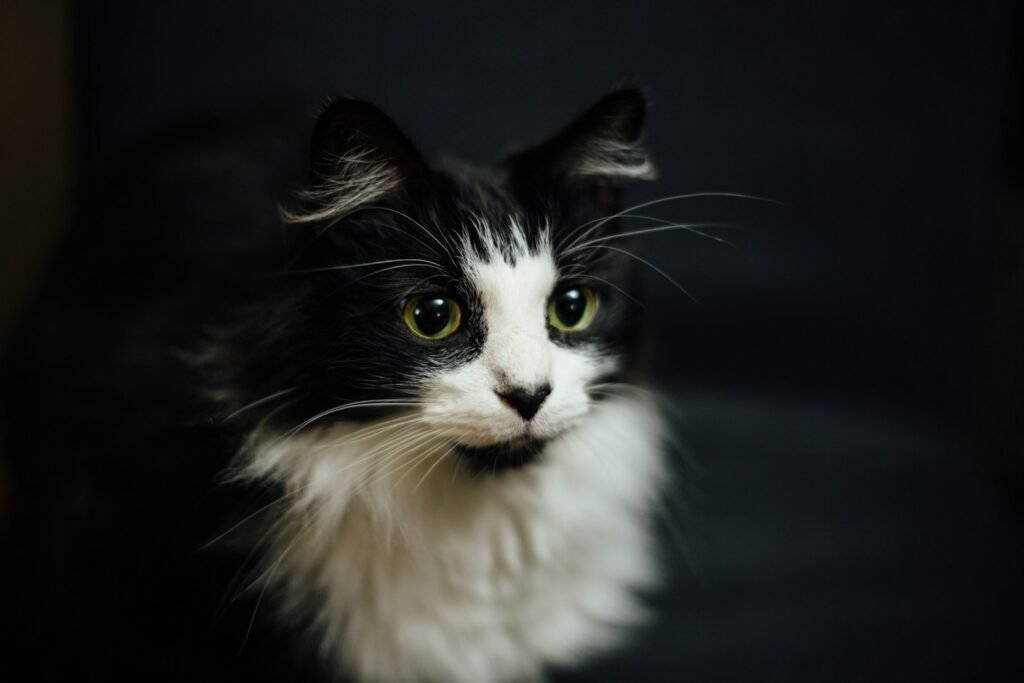
The comparison between domestic cats and their wild relatives in terms of intelligence reveals both similarities and differences shaped by their evolutionary paths and environments. While domestic cats demonstrate intelligence in comfort and companionship with humans, wild cats showcase their cognitive skills in survival and independence. Understanding these nuances helps us appreciate the complex and fascinating world of feline intelligence in all its forms.

Suhail Ahmed is a passionate digital professional and nature enthusiast with over 8 years of experience in content strategy, SEO, web development, and digital operations. Alongside his freelance journey, Suhail actively contributes to nature and wildlife platforms like Feline Fam, where he channels his curiosity for the Feline into engaging, educational storytelling.
With a strong background in managing digital ecosystems — from ecommerce stores and WordPress websites to social media and automation — Suhail merges technical precision with creative insight. His content reflects a rare balance: SEO-friendly yet deeply human, data-informed yet emotionally resonant.
Driven by a love for discovery and storytelling, Suhail believes in using digital platforms to amplify causes that matter — especially those protecting Earth’s biodiversity and inspiring sustainable living. Whether he’s managing online projects or crafting wildlife content, his goal remains the same: to inform, inspire, and leave a positive digital footprint.






